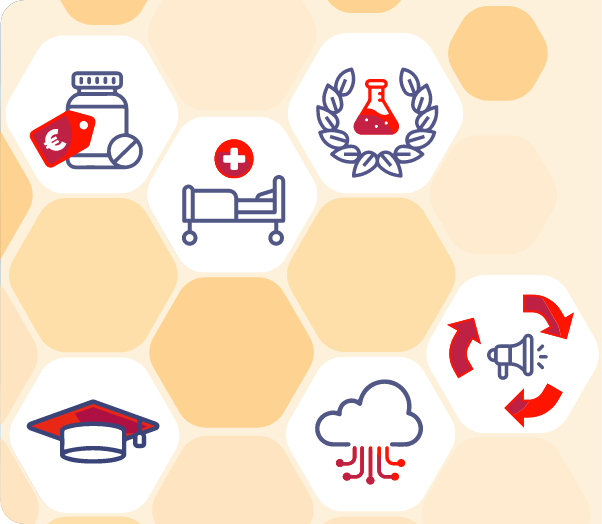The IN-CONTROL II consortium builds upon the success of IN-CONTROL I, which highlighted the pivotal role of the microbiome in low-grade inflammation associated with atherosclerotic cardiovascular diseases (CVD) and related risk factors such as lipid levels and microbiome-derived metabolites. These insights are crucial for addressing the rising rates of CVD-related mortality, particularly in aging and overweight populations.
The Focus
The objectives of IN-CONTROL II are to:
The Research
The consortium aims to shift from association to causality, from population-based cohorts to patient groups with atherosclerotic cardiovascular disease (CVD) and from observation to intervention. In this transition, it will also take advantage of recent developments in the network of the consortium, delineating cellular senescence as a druggable target for the broad spectrum of age-related chronic diseases, including cardiovascular diseases, and identification of components of the bile acid-signaling system for this purpose. Another recent development of the recognition of innate immune memory (‘trained immunity’) as pathophysiological mechanism in atherosclerotic CVD.
The consortium will conduct proof-of-principle trials in specific patient cohorts, employing advanced experimental techniques such as systems biology, single cell sequencing, innovative animal models, and metabolic flux quantification (fluxomics). A talent program will facilitate knowledge transfer and skill development for young researchers within the consortium, emphasizing rapid translation of research findings into clinical applications.
Origin
This consortium was funded through the Impulse Grant program by the Dutch Heart Foundation.
